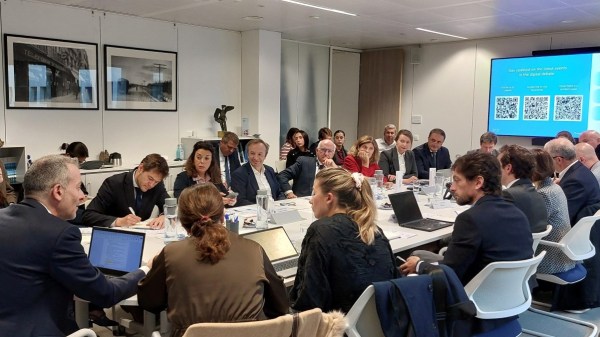In the origins of the Internet, the dynamics and behaviour between Internet users were totally different to how they are today: interactions between users were sporadic, at a much slower pace and focused almost exclusively on text, without audiovisual content.
Email or even services such as Messenger also meant that the vast majority of digital interaction took place with people in the same physical environment.
An exception to these cases were the forums in which communities of users developed: although it is true that unknown users could be found (also anonymously, in some cases), they did so orbiting around topics in which they had common interests.
However, interactions in today’s digital environment are different: they take place much more frequently, they are faster and they include all kinds of materials, with a strong audiovisual presence.
The level of exposure of certain publications to strangers, as well as meeting and establishing relationships with people one does not know, can be a tricky issue when it comes to minors. Let’s see why.
Situations in which minors are vulnerable to online interactions
Telefónica’s report Building a safe digital environment for minors has identified four situations in which minors are particularly vulnerable when interacting with other people online.
Harassment or intimidation
Although intimidation or harassment among minors is not exclusive to the digital world, there is a variant known as cyberbullying with a number of different characteristics.
Sending private photos or videos, as well as insulting or threatening messages, spreading rumours or false information are some of the aspects of this digital harassment. It should also be emphasised that in many cases these situations also spill over into the physical world.
To give some figures, a WHO study in 2024 estimated that one in six European teenagers had been victims of cyberbullying.
Sexual harassment
Grooming, or the sexual harassment of minors, refers to situations in which adults contact young people to obtain sexual material or, in extreme cases, to involve them in activities of this kind.
In many cases, the adults pretend to be minors so that the young people believe they are interacting with people of their own age.
One striking fact, according to a report by Thorn and Benenson Strategy Group from 2022, is that more than half of young people consider grooming to be a common experience among people of their own age.
Sharing sexual content
The discovery of sexuality at this stage of life, together with the normalisation of the publication of certain types of content, leads to practices such as sexting (sending videos or images directly), sexcasting (live streaming via video call platforms) or the publication of sexual content on digital platforms.
An ESET study of young British people shows that almost 40% have shared sexual content while more than 30% say they have received it unsolicited.
Contact with cybercriminals
Another vulnerability that minors face in their online interactions has to do with contact with cybercriminals, which can go in two directions.
On the one hand, they can become victims of scams, theft of bank details or personal information or, in certain extreme cases, even end up being kidnapped.
On the other hand, and in minority cases, contact can be established so that these cybercriminals try to recruit young people into criminal activities.
Measures to address vulnerabilities in children’s interactions
In order to help create a safe digital environment for minors in their interactions, Telefónica proposes a series of measures:
- Reporting and help tools, which are both intuitive and visible. To facilitate reporting, digital platforms should add chats or phone numbers for minors who find themselves in these situations to request help.
- Distinguish between adult and child profiles. In order to prevent some of the risks mentioned above – such as grooming or contact with cybercriminals – they should integrate functionalities to differentiate between adult and child profiles.
- Raise awareness of the risks of these interactions. Awareness-raising should not be limited to minors but should also include the family and school environment. This is a task in which other agents of the digital ecosystem can also be included and with which, for example, it is possible to know how to detect if a minor is being manipulated or abused and, if this is the case, how to approach the situation.
This awareness of the potential dangers faced by the youngest members of the population in online environments is not exclusive to the vulnerability of certain interactions: the relationship between social networks and minors or the protection of children from inappropriate or harmful content are other issues to be taken into account in how this age group relates to the digital world.







